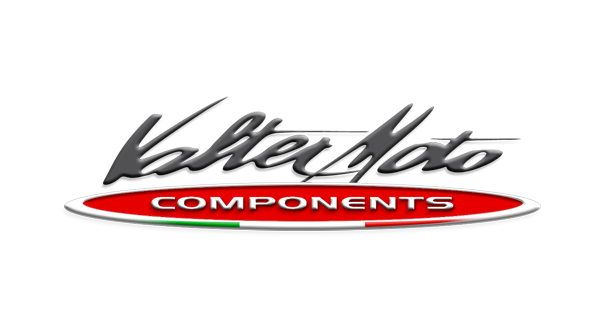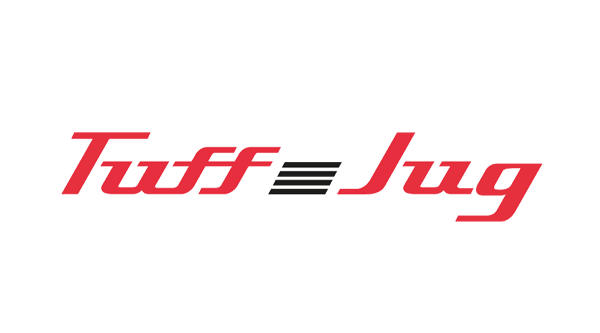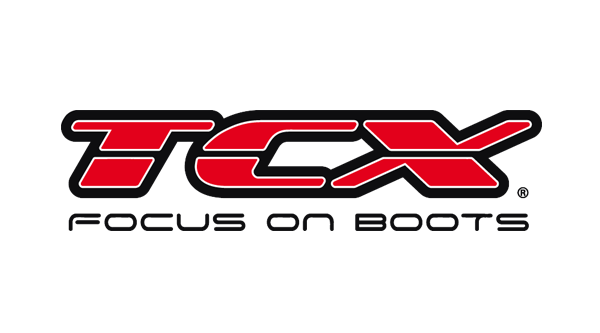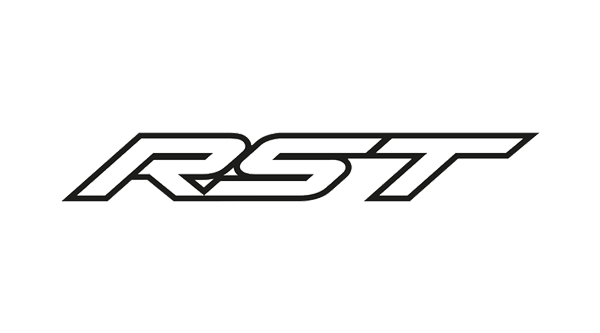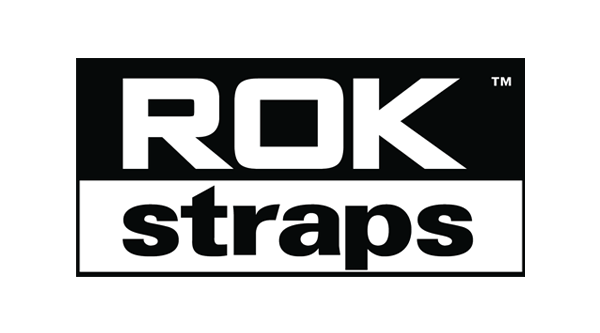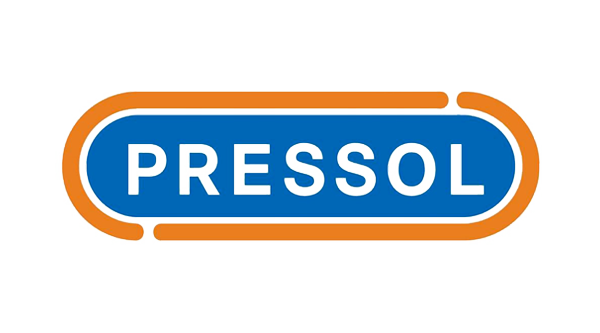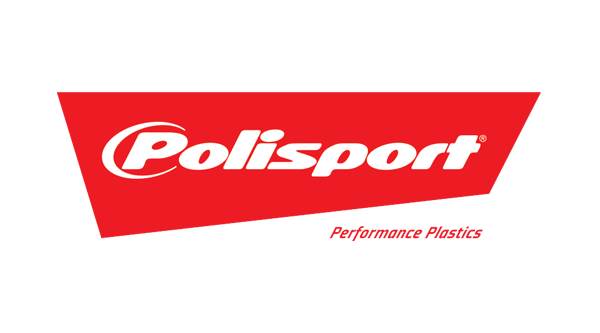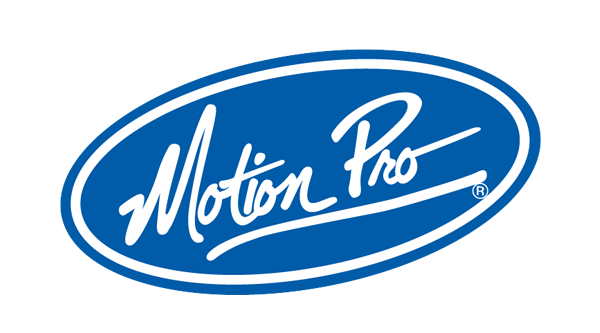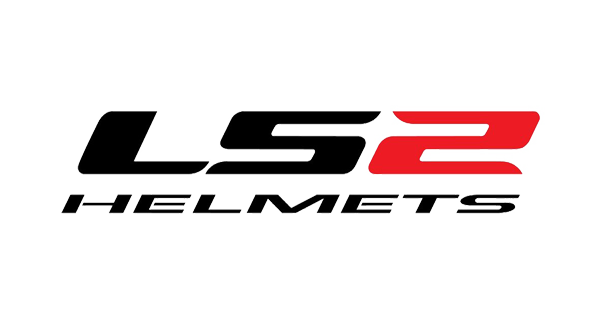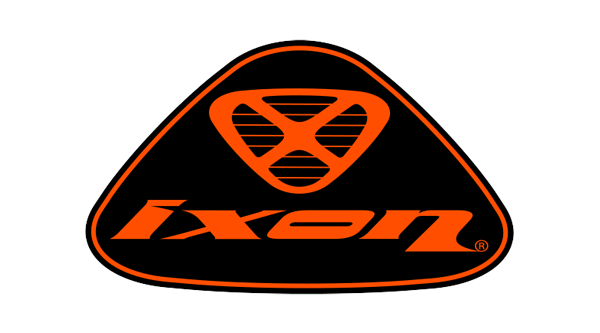Motorcycle Clothing terms
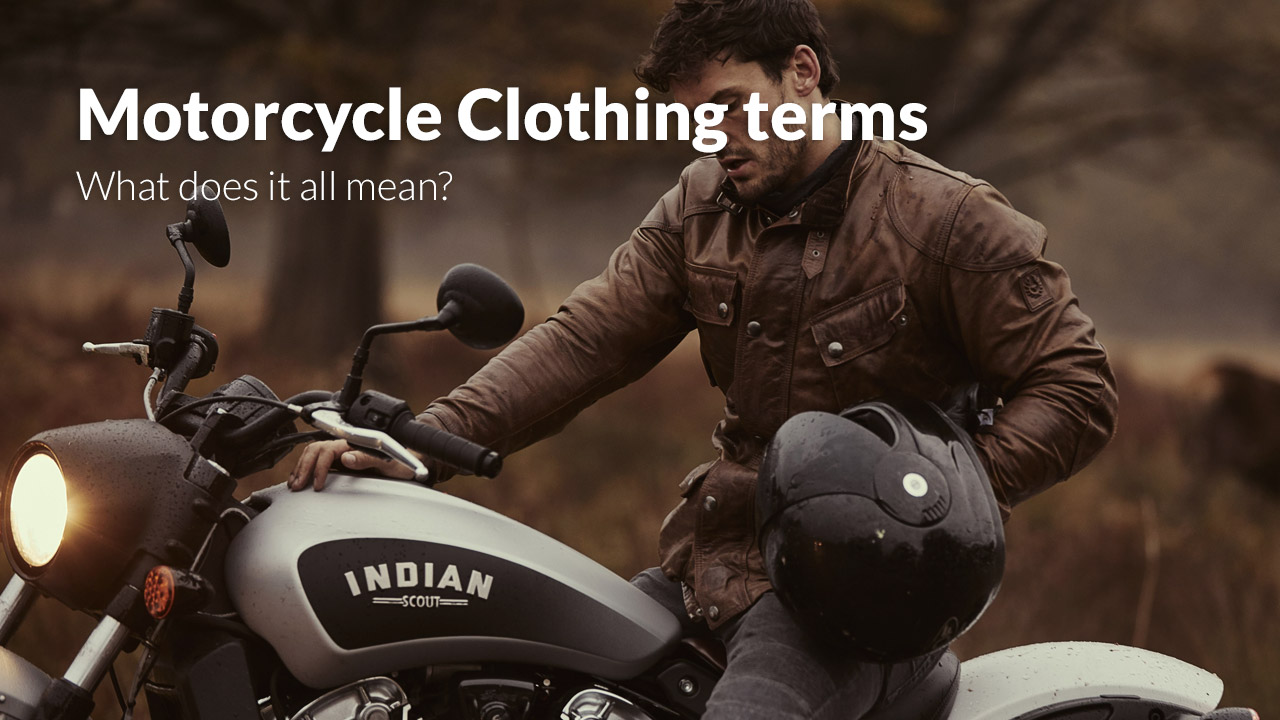
New to motorcycle equipment? Fear no more. We’re here to help and you’re always welcome to write or call for advice as we’d love nothing more, than to see a safe rider out there.
Here are some of the definitions of motorcycle jackets, pants and gloves?
Aero-Tex
A thin, light weight membrane, mounted between the face fabric and the lining. It is Waterproof, Windproof, and Breathable.
Ballistic Nylon
A specific nylon developed by Dupont for the U.S. Department of Defense for use in flak jackets. Later it was replaced by Kevlar. The basket-weave construction helps add abrasion resistance as opposed to a plain weave. The name is used as a marketing tool with “ballistic” sounding like something “bulletproof” and therefore really tough. Many motorcycle apparel companies use the word “Ballistic” when describing material. In many cases the materials tear and abrasion strength does not meet a minimum standard for motorcycle apparel and the word is used only as a sales gimmick.
Breath-ability
Humans control body warmth by perspiring and thus prevent the body from overheating. When riding it is necessary to transport at least two pints of perspiration (water vapor) through clothes every hour. When apparel does not breathe, water vapor turns into sweat and in cold weather wet heat loss is 23 times greater than dry heat loss. Suits that do not breathe and use vents will only be somewhat comfortable in perfect weather.
CE Armor
A European system of grading motorcycle protective armor that encompasses both energy absorption capability as well as pad shape and size. The armor or pads are designed to offer added protection to a rider going down on a motorcycle, particularly in the event of sliding or lesser impacts. CE armor is made of hard foam pieces encapsulated in softer foam which compresses on impact. In other words, it’s like a helmet: if you land on it, you must replace it.
Cordura
A high tenacity, air textured nylon fiber, made exclusively by Dupont. Superior abrasion resistance over any other fabric in a head to head comparison. Hundreds of nylon materials exist but 500 Denier Cordura is the industry minimum standard for apparel material abrasion and tear strength. (Be cautious when motorcycle clothing manufacturers do not use Cordura in nylon apparel or use less than 500 Denier).
Denier
A unit of measurement used to describe the strength of a material like nylon. Simply speaking, the bigger the number the bigger the thread.
Gore-Tex
Thin, lightweight membrane mounted between the face fabric and the lining. It is Waterproof, Windproof and Breathable. This membrane has nine billion microscopic pores per square inch. These pores are much smaller than a droplet of liquid water, but much larger than a molecule of water vapor. Water in a liquid form cannot penetrate the membrane, but both moisture vapor from perspiration and heat can easily escape. The membrane works when the outside temperature is colder than your body temperature. the membrane actually sucks the heat out of the apparel as long as the outside temperature is lower than 98F.
Insulation
The other Motorcycle apparel companies usually don’t tell you what the insulation is or they make up a name. A few of the more expensive jackets use Thinsulate. Thinsulate was an improvement of Down insulation because it performed two times better and it didn’t separate and breakdown as easily. Thinsulate can lose up to 20% of its insulation capability with each wash. Cycleport uses either Thermolite or Thermoloft. Theremolite performs four times better that Thinsulate and can only loose up to 2% when washed. Thermoloft performs two times better than Thermolite, six times better than Thinsulate and no breakdown of insulation occurs when washed.
Kevlar
The strongest fiber known to man. Kevlar is made by Dupont and for apparel use comes in a thread form. In a pure weave Kevlar does not stretch and is not suitable for use in motorcycle apparel where abrasion is important. In order to give it the proper motorcycle abrasion strength Kevlar must be woven together with Cordura and Lycra. These are the only suits approved for road racing other than leather. Some gear manufacturers use small portions of pure Kevlar as a gimmick. Quality full suits of it can be found. This gear is lighter, offers greater protection and it breathes. It slides on pavement the same way as leather and dissipates friction heat better than leather. Due to its innate toughness during construction and the fabrics limited availability it is not widely marketed so it will take a bit of looking to get one.
Leather
Long been a good protective fabric. However, many variables can effect its quality including, the type, age and diet of the animal it came from. Different methods used to clean, tan and dye the leather effect it as well. Unfortunately the best way to tell if the garment is made of good leather is to look at the price tag. Good leather costs more and that cost is passed on to the consumer. Leather should be worn snug because when leather folds its tear strength lowers considerably. As an organic material leather dries out and looses its flexibility over time. In fact each time leather gets wet and dries it can loose up to 20% of its tear and abrasion strength. If you purchase leather, get the best you can and care for it habitually, even if it’s just hanging in the closet.
Polyurethane
A coating that has a rubber texture. This is applied to the inside shell of most nylon. It is used primarily to seal nylon threads when woven into fabric. The majority of all nylon motorcycle apparel is 100% polyurethane-coated and does not breathe properly. Polyurethane can also melt into your skin during abrasion. Polyurethane can also trap water after a rain for hours. Even the most expensive apparel has 20% or more Polyurethane coating. If you are looking for greater performance avoid apparel that has more than a 20% polyurethane coating.
PVC (Poly Vinyl Chloride)
Nylon alone is not waterproof. In rain suit and waterproof garment descriptions you will notice the acronym PVC. This is a rubberized coating that is laminated to the nylon to make it waterproof.
Scotchlite Reflective Material
Material made by the 3M company. It is constructed of millions of tiny glass beads affixed to the surface. Each glass bead is covered with a metallic reflective layer on half of its surface (the “back” half) and this, combined with the spherical nature of the glass beads gives the materials their reflective properties.
Seam Sealed
When garments are sewn the needle creates holes that will allow water to pass through. Seam sealing tape is applied to a stitched seam using heat to bond the tape to the material making the seam waterproof.
Taffeta
Strong, lightweight, breathable nylon that is used primarily for suit linings. Taffeta linings offer the wearer a greater level of comfort. Taffeta also allows the suit to be put on and then off with greater ease.
Taslan
Another Dupont invention. A means of bulking the fiber to give it better abrasion resistance.
Tri-Armor
Armor comprised of a plastic membrane sandwiched between dual-density, closed-cell, memory armor. Tri-Armor was developed from the results of a four year crash study in Germany. The goal of this study was to develop the most protective motorcycle suit. Construction and placement of the Tri-Armor was designed to provide the best impact and abrasion resistance. Tri-Armor exceeds the current “CE†approved standards.
Ultra Cordura 1000 Denier:
The strongest nylon material ever used in a motorcycle suit. It has greater abrasion and tear strength than 1050 Ballistic Cordura. Made by Dupont this is the first nylon material used in motorcycle apparel made without a polyurethane coating.
Thermal lining
A layer of insulation used in motorcycle jackets and pants to keep the rider warm in cold weather.

